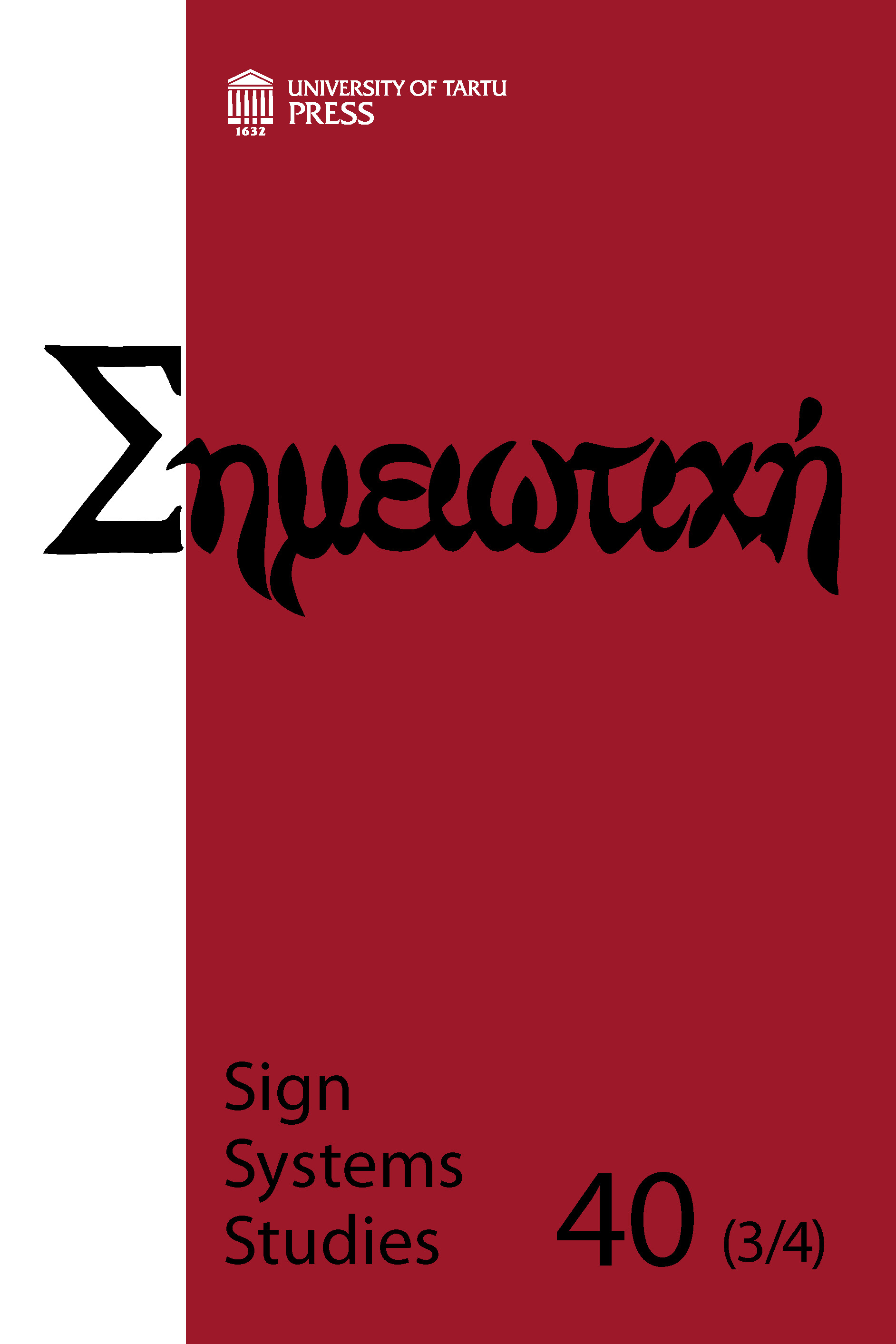The mythopoetical model and logic of the concrete in Quechua culture: Cultural and transcultural translation problems
DOI:
https://doi.org/10.12697/SSS.2012.3-4.12Abstract
This article deals mainly with problems of cultural/transcultural translation between the Quechua and Spanish cultures, analysing these on the basis of some ideas by Juri Lotman and Peeter Torop. The process of translation implies considering the Quechua semiosphere’s internal borders as well as the external borders related to the cultures that existed at the time of Tahuantin Suyo, and all changes that have come from the Spanish conquest of Latin America. In the case of the Quechua culture, the problems are numerous and conflicting in several dimensions. First of all, Quechua is an agglutinating language that creates problems for translation into a flexional language such as Spanish. Secondly, and more importantly, there exists a mythopoetical model of the world that has been built in this culture, which does not use concepts of rational logic, but poetic images integrated into mythical thinking: it represents a different cognitive pattern. Thirdly, the presence of the logic of the concrete in Quechua culture, articulated with the mythopoetical model, makes translation from Western abstract formal logic difficult. Reflections on these issues provide new analytical possibilities.Downloads
Download data is not yet available.
Downloads
Published
2012-12-01
How to Cite
Almeida, I., & Haidar, J. (2012). The mythopoetical model and logic of the concrete in Quechua culture: Cultural and transcultural translation problems. Sign Systems Studies, 40(3/4), 484–513. https://doi.org/10.12697/SSS.2012.3-4.12
Issue
Section
Articles


